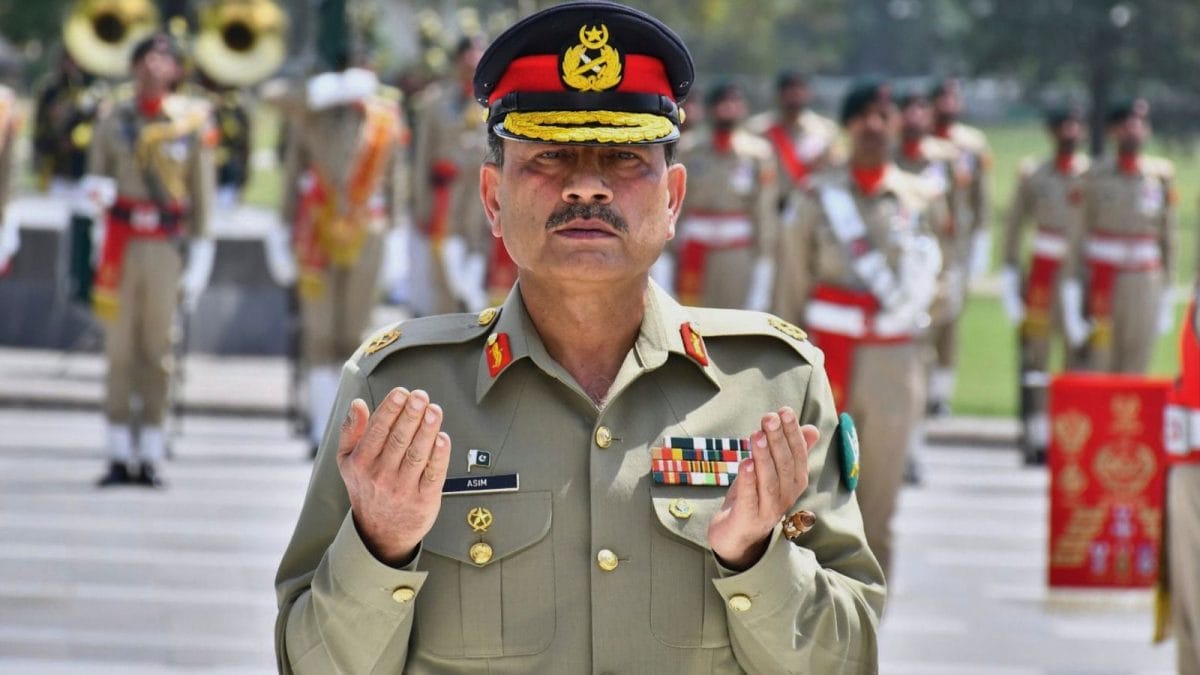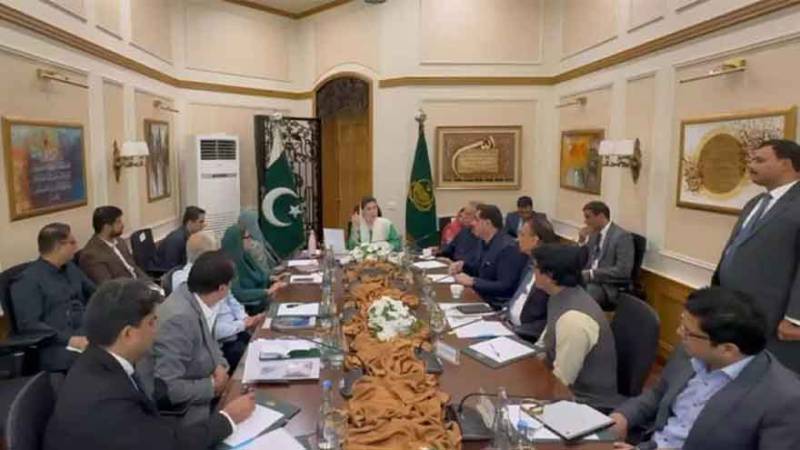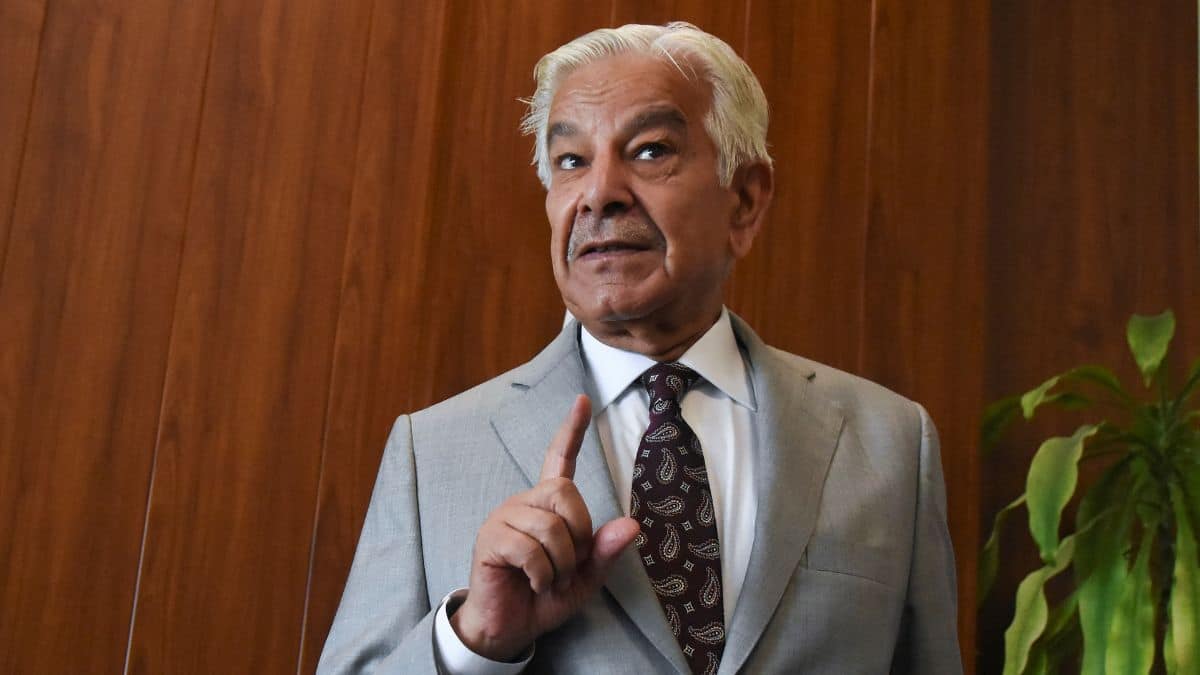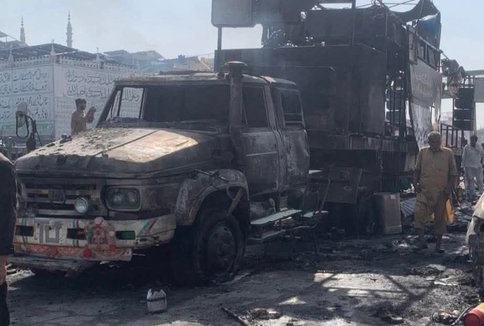During the hearing of the Iddat Nikah case against former Prime Minister and PTI founder Imran Khan, the Anti-Terrorism Court (ATC) in Islamabad also took up a related case concerning the alleged assault on Khawar Maneka.
Presiding Judge Tahir…

During the hearing of the Iddat Nikah case against former Prime Minister and PTI founder Imran Khan, the Anti-Terrorism Court (ATC) in Islamabad also took up a related case concerning the alleged assault on Khawar Maneka.
Presiding Judge Tahir…

Last Updated:
Some believe that Field Marshal…

The Punjab government has announced that a campus of Imperial College London will be established in the Nawaz Sharif IT City, Lahore. The decision was taken during a high-level meeting chaired by Chief Minister Maryam Nawaz Sharif on Saturday….


Pakistan army chief Asim Munir on Saturday repeated his anti-India rhetoric amid its ongoing border tensions with neighbouring Afghanistan. Warning Indian military of a “decisive response”, Munir’s unprovoked remarks came during graduation…

LAHORE – The police on Saturday intensified their crackdown following violent protests and attacks on law enforcement personnel by a religious group in Lahore as the number of arrests climbed up to 681.
The official sources said that the…